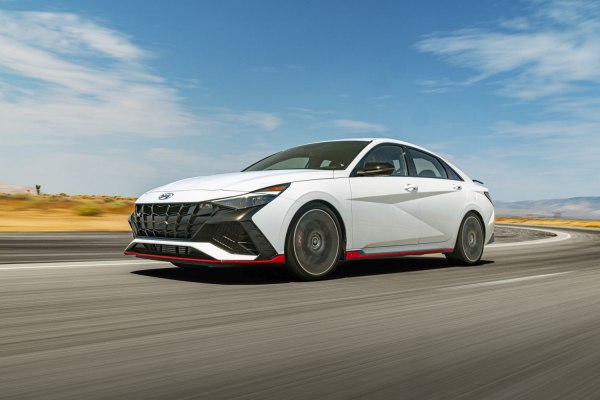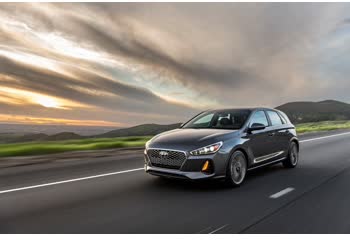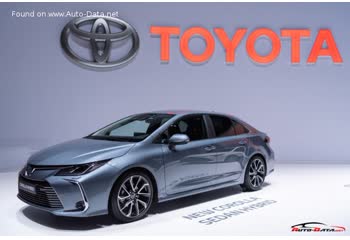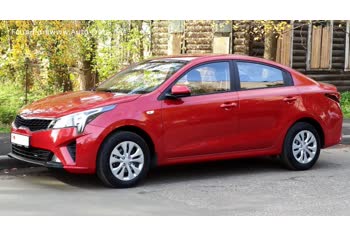Everything you need to know about specifications and performance - Hyundai Elantra 2020 - 1.6 GDI (139 Hp) HEV DCT

Overview:
What is the engine capacity of a Hyundai Elantra 2020?
The engine capacity of the Hyundai Elantra 2020 is 1580 cm.
Hyundai Elantra 2020 How many horsepower?
The engine power of the Hyundai Elantra 2020 is 104 Hp @ 5700 rpm..
What is the Hyundai Elantra 2020 engine?
Hyundai Elantra 2020 engine is Kappa II / G4LE. (Click to see other cars using the same engine)
How powerful is the electrical system in the Hyundai Elantra 2020?
The power of the electrical system in the Hyundai Elantra 2020 is 139 Hp hp.
How much gasoline does a Hyundai Elantra 2020 consume?
The Hyundai Elantra 2020 consumes 4.4-4.7 liters of gasoline per 100 km
General:
Engine:
Performance:
Electric system:
Space:
dimensions:
Powertrain, Suspension and Brakes:
See also

Other generation.
Its production began in 2017 until 2020

Same production year and almost the same engine capacity.
Its production began in 2020 until 2023

Same production year and almost the same engine capacity.
Its production began in 2020 until 2022

Same production year and almost the same engine capacity.
Its production began in 2020 until Now
Write a comment